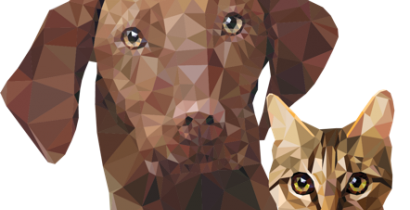RICKETTSIA PARKERI INFECTION
Rickettsiae are strict intracellular bacteria requiring a host cell to replicate. Within the genus Rickettsia three groups are differentiated, one of which is the spotted fever group (SFG), of which members are associated mainly with ticks, but also with fleas and mites (Raoult and Roux, 1997). Within the SFG, Rickettsia parkeri is an emerging human pathogen, for which the dog has an important sentinel function. It is an agent of tick-borne rickettsiosis in the Americas which has also been named American Boutonneuse fever (Goddard, 2004; Goddard and Varela-Stokes, 2009) or Tidewater spotted fever (Wright et al., 2011).
Pathogens
Epidemiology
Transmission
Pathogenesis
Diagnosis
Clinical Signs
Treatment and Prevention
References
PATHOGENS
The genus Rickettsia is included in the bacterial tribe Rickettsiae, family Rickettsiaceae, order Rickettsiales. The genus Rickettsia includes many species of bacteria associated with important and severe human or animal disease, including those in the spotted fever group (SFG).
Rickettsia parkeri, as one species of this group, has first been isolated in 1937 as a distinct rickettsial strain from Gulf Coast ticks (Amblyomma maculatum), by Ralph Robinson Parker, showing low-grade fever and periorchitis in the animal experiment (here: male guinea pigs). In 1965, the “maculatum agent” was named R. parkeri and described as a small, rod-shaped bacterium, with an average size of 1.6 x 0.5 µm, found in the nucleus and cytoplasm of infected cells (Lackman et al., 1965). Until 2002 the agent most often was relegated to the group of ‘non-pathogenic’ SFG rickettsiae, found in ticks in the United States, when the first confirmed infection with R. parkeri in a human was identified in Virginia (Paddock et al., 2004).
EXPLORE OUR CONTENT
 CVBD MapsThe CVBD Occurence World Map presents country-specific situations based on current scientific knowledge and feed-back from experts around the world in an easy-to-grasped way. |
| Read more-> |
 ResourcesElanco Animal Health supports education in parasitology and especially in the field of vector-borne diseases. Access image collections, discover the World Forum calendar, interesting links and our glossary. |
| Read more-> |
 CVBD World ForumThe CVBD World Forum is a working group of leading international experts with the mission to enhance knowledge and communication on companion animal vector-borne diseases for the improvement of animal, human, and environmental health. |
| Read more-> |
